This article about the truth of gold in Colorado black sands is a guest post by David Emslie. David has done extensive research in this area and is the owner of Prospectors Gold & Gems in Fort Collins. He provides refining services to many commercial placer mines and hard rock mines across Colorado. He is also happy to work with individuals who want to buy or sell placer gold, silver or scrap. Learn more about his business at www.prospectorsgoldandgems.com or in this article https://findinggoldincolorado.com/getting-your-gold-refined-prospectors-gold-gems/
Now here’s David:
Ok. This is a statement we hear a lot.
“There is more gold in the back sands than is recovered in the pan.”
Hidden gold is something many have wondered about. I will touch on the origin of this idea as well as our scientific findings specific to Colorado.
The geology is the first thing to consider. Placer black sands are dominated by highly oxidized pyrites and the majority of any gold attached to them has been liberated long ago. This is especially true the further from the source you go.
Freddy Dodge, who I have the pleasure of doing a lot of business with, heard this idea about gold hiding in black sands and spent thousands of dollars of his own money investigating the idea. His company processes black sand concentrate for dozens of operations so naturally he wanted to make sure he was not letting anything go.
After lots of wasted time and money on assays of samples from sites around the state of Colorado, he found the maximum amount of gold in any of the black sands was about 1/10 oz per ton bonded to and inside the iron. Some assays were completely devoid!
No smelter would take it. No one wanted it. Ironically a few years ago some mining outfit that claimed they could recover gold from anything contacted him. They came down and paid about $70 a ton to buy 20 tons of black sands because they “knew they could get the gold out.” They came. They make the purchase and loaded up. And they went away. Six months later a follow-up was made…. that company had zero interest in taking any more. Even for free.
So, the placer black sands…. are often sold as landscaping sand or just put back in the hole for reclamation. The economics are just not there for recovery. Once you get your gold mechanically, you’re good and done. Toss it on your flowers (the iron is good for roses) or back in the hole. And don’t lose any sleep over it.
But wait. Why would this information continue to propagate in the mining community? Well as it turns out there is always some kind of truth to an old tale. Sadly, the interpretation and sources may not have been understood by the non-scientific mind. Or, in many cases, it was passed down incorrectly over the last few generations since the 1880’s.
A quick lesson in ore treatment and smelting and hard rock gold is needed here. Sulfides and pyrites in quartz in many Colorado mining districts have gold and silver inter-layered within the matrix of the pyrite itself. The sulfides and pyrites were crushed up to extract the gold via oxidization of these complex chemicals.
After mining and collecting the ore, it was crushed and spread out on sheets of iron or brick in a giant oven and heated by firewood to burn off the sulfur. As it heated up the sulfides would start to oxidize and burn. Interestingly, pyrite has half as many BTUs per ton as a ton of coal. Once it starts burning it really goes! This released the sulfur into the air and left behind an oxidized black sand. Here is the magic bullet of the misunderstanding: the black sand was cooled and then mixed with copper ore and heated to create copper matte or exposed to a lixiviant: either cyanide, ammonium thiosulfate, or hypochlorite salt solutions.
The oxidized ore and the micron gold would then dissolve into the solution and was extracted after separating the solution from the remaining oxidized black sands.
The black sand was then discarded. The precious metals were removed from the solutions via different chemical means of precipitation or electro-winned out. The gold and silver were then melted and sold to the mint.
So it is highly probable that workers who didn’t understand the process, but saw this alchemy performed, would talk about it and tell tales to their children. After these processes were abandoned or kept secret, those “in the kinda know” would have talked, confusing placer black sands with hard rock black sands. One being nearly devoid of gold, the other laden with gold.
Now to be fair, some commercial Colorado placer miners grind their black sands to get some minor gold liberation and to change the shape of any gold particles that were missed during initial mechanical gold separation. This can roll or bend flakes that otherwise act like little sails which get carried off into the waste sand. Grinding and changing the shape allows for more effective recovery of those gold flakes. But these placer miners are few and far between.
I hope all of this information is helpful and keeps folks from chasing unicorns.
Here’s a quick history of this advanced milling technology in the USA:
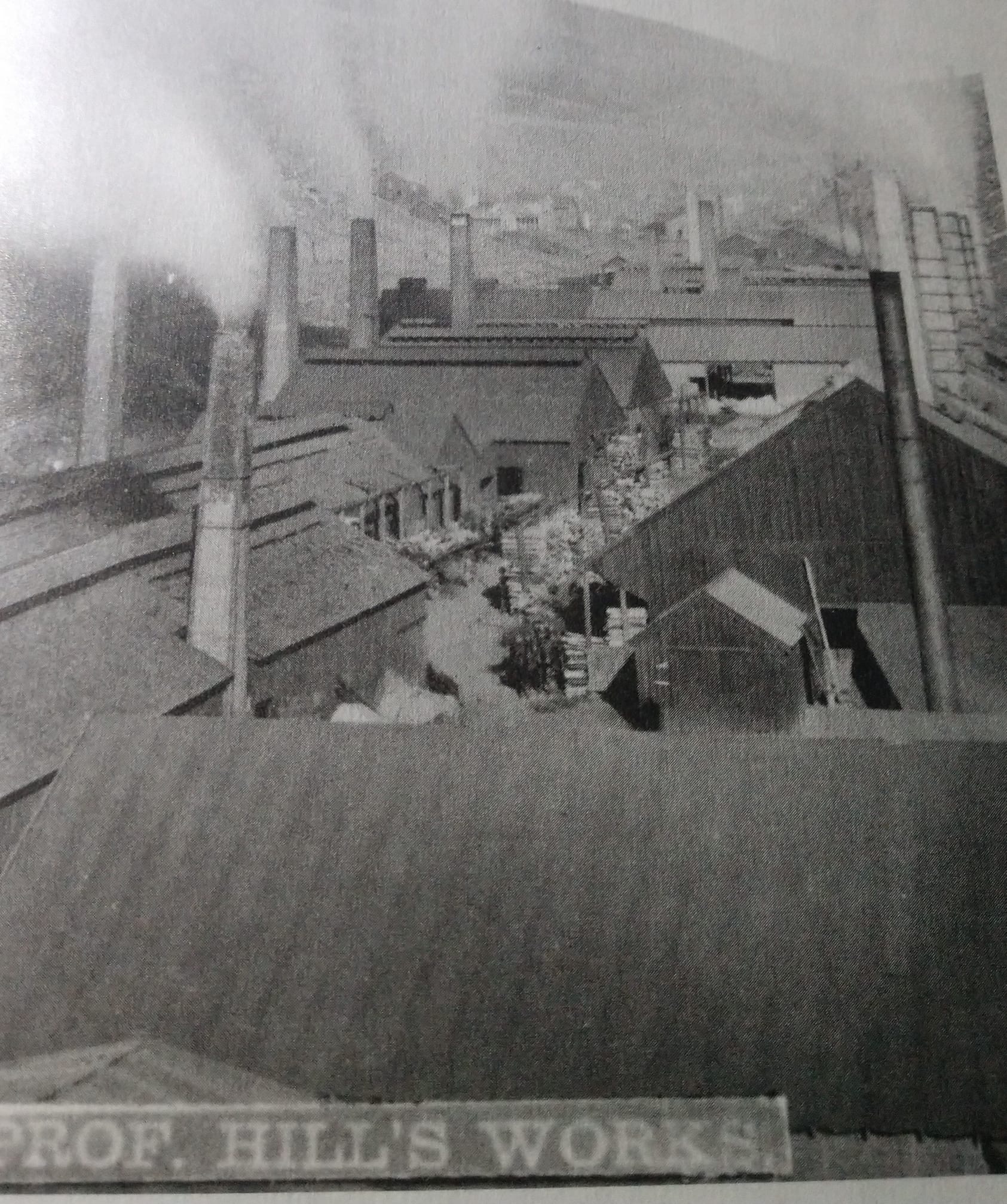 This is not a picture of Pittsburgh, PA. It is Blackhawk, Colorado and Professor Nathaniel Hill’s first smelting works. He was the first to build a mill in Colorado that could successfully process the complex ores found in our mountains. They would roast the pyrites to drive off the sulfur then continue treatment depending on the type of ore.
This is not a picture of Pittsburgh, PA. It is Blackhawk, Colorado and Professor Nathaniel Hill’s first smelting works. He was the first to build a mill in Colorado that could successfully process the complex ores found in our mountains. They would roast the pyrites to drive off the sulfur then continue treatment depending on the type of ore.
A cord of firewood cost half an ounce of gold in those days but that didn’t stop Professor Hill. He became one of the richest men in in Colorado by building a chain of about a dozen hard rock ore processing mills throughout the Colorado gold districts. his company later merged into what became Asarco AKA the American Smelting and Refining company. Asarco went on to be an important part of the American mining industry for many decades.
————————————
This is Kevin again, I’m sure this article will inspire some debate. Feel free to add your personal experience and opinions in the comments.
Also, remember to support this website by doing your Amazon shopping and gold prospecting gear shopping through my links. Just shop through www.findinggoldincolorado.com/shop-here/
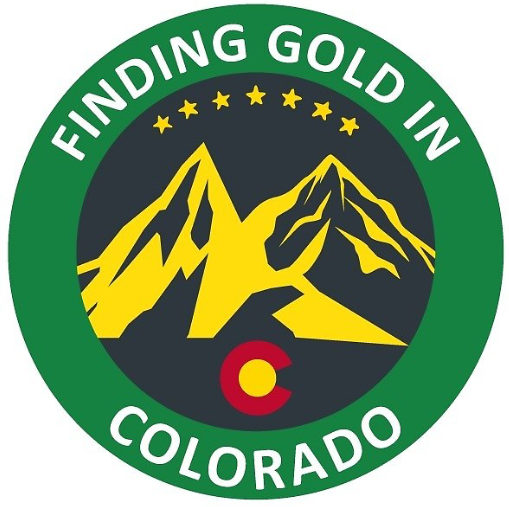
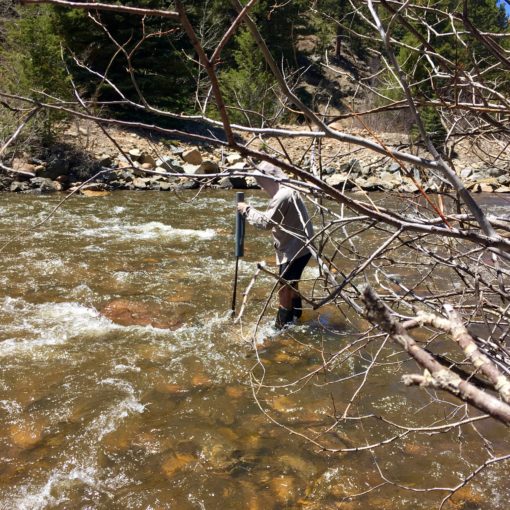

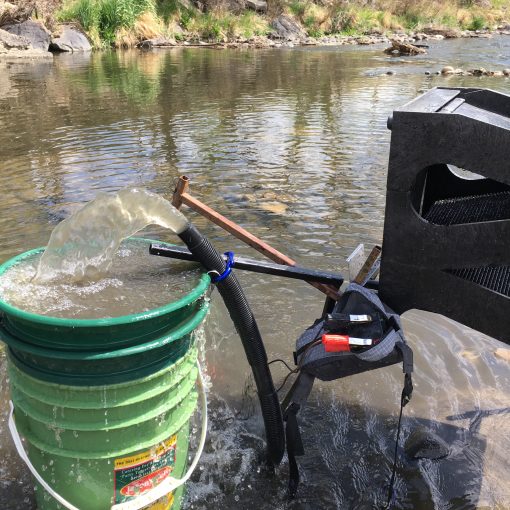
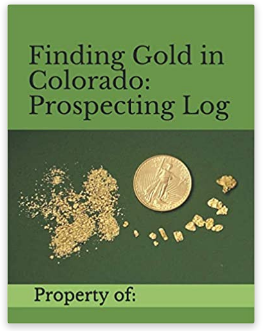

11 thoughts on “Gold in black sands?”
1/2 of a 5 gallon bucket black sands crushed to 150 mesh and tabled = 7 grams gold from colorado black sands before leaching……..true story all day long
Hi Paul Brian Here
I WOULD LIKE TO talk To you about YOUR black sands.My phone number is
780 603 7267
Hi Paul interested in talking to you about gour blacksand Please contact me
780 603 7267
Hello I need help identifying some hard rock black sand. I’m new to prospecting and believe I have a significant amount of black sand with gold.
As a first move, i’d suggest sending a sample off to get it assayed. Have you considered that? Where are you based and generally speaking where was this sample collected?
Hi Zach im interested in talking to you about your blacksand Please contact me 780 603 7267
Please contact me regarding your blacksand
Brian 780 603 7267
Kevin,
interesting article here on gold in black sands. But I think you need to look further. some black sands will carry platinum, some of which is para-magnetic. I remember reading once that these types of platinum bearing black sands could be found in Clear Creek. Just food for thought, early miners were not looking for platinum, even in small amounts. so maybe a lot got passed over?
That could be. I’m a gold specialist so I’m unsure BUT my friend Jesse Peterson at Vic’s Gold Panning is the local expert on everything in that creek, including platinum. Stop in to see him; I’m sure he’d be happy to chat about your ideas!
Hi Zach I would like to speak with you about your blacksand
Please contact me 780 603 7267
Finally someone answered my question of smelting sulfides,thank you,this was a very interesting article.